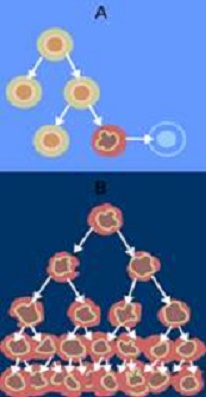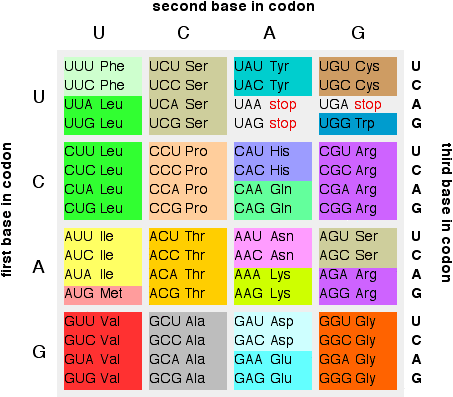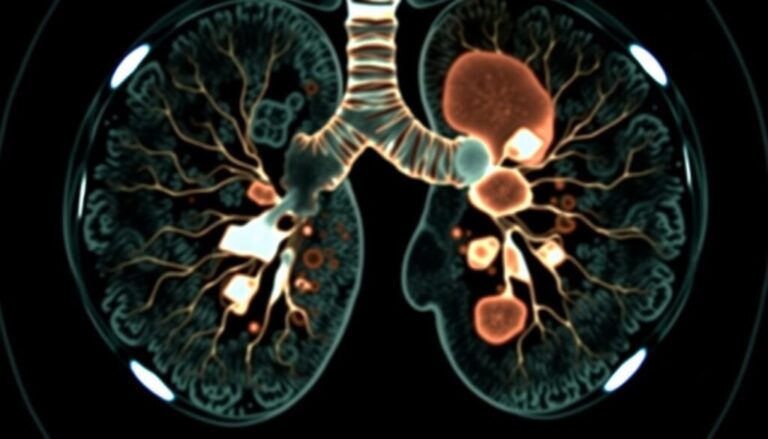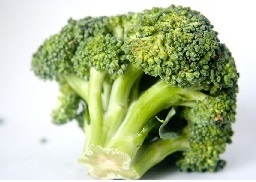Why does a cell turn cancerous?

“Everyone should know that most cancer research is largely a fraud and that the major cancer research organizations are derelict in their duties to the people who support them.”
– Linus Pauling Ph.D. (Two-time Nobel Prize winner)
The more specific questions to ask
“What mechanisms may be putting a cell’s aerobic ATP energy production “out of order”?
“What is damaging / mutating DNA to cause altered genetic expression, that allows cancer to proliferate?”

Defective genes are wrongly suspected
Genes produce enzymes, which control all cell life functions
We are led to believe that carcinogens and mutagens or lifestyle and hereditary factors “predispose” us to genetic defects that cause cancer. The theory is that cancer starts when a defective oncogene (controller gene combined with the loss of a suppressor gene mysteriously results in unrestrained growth. However, genes are stable molecules that account for the stability of life, so how can we have a raging cancer epidemic, with over 6 million new cases per year? There are far too many cancer observations that cannot be answered by the genetic defect theory, including cancer growth itself:
- Up to 96% of cancer cells have membrane traits
- Bone cancer does not result in unrestrained bone growth
- There is no cancer of the heart, arteries or veins
- Injuries that do not heal cause cancer.
- Why aren’t people born with cancer? E.g. such as the genetic Down’s syndrome;
- Why can identical twins get different diseases?
- Cancer occurs most frequently within liquid storage vessels. E.g. the stomach, colon, bladder, breast, prostate;
Genes do not control growth any more than a steering wheel controls an automobile.
The steering wheel does not power the automobile, and genes do not cause cells to divide and multiply. Genes control the direction of growth and maintain the continuity of life. Biology texts state that genes have only two functions:
- Store information;
- Duplicate information in the form of RNA.
No genes control other genes and none control rate of growth. Genes are composed of DNA. They are combinations of 2 functionally equal nitrogenous base pairs called AT and CG, and there are only 64 possible combinations (codons), known as “The Genetic Code”. All gene bases are functionally equal, producing the 20 well-known amino acids used to make protein or to stop and start protein synthesis . No known human genetic defects contribute directly to unrestrained or rapid growth.
The Genetic Code 101 |
|---|
The genetic code is the universal “dictionary” by which genetic information is used to make PROTEINS — the functional machinery of living organisms. It is a function that determines how a set of nucleotides on messenger RNA (mRNA, a type of RNA, the instructions conveyed from DNA for making proteins) will be turned into a set of amino acids. Nucleotides (in a specific and controlled order) are the building blocks of DNA and RNA. Each nucleotide has 3 parts: a nitrogenous base, a pentose sugar and a phosphate. When DNA is transcribed into messenger RNA, the sequence of bases remains exactly the same, except that each thymine (T) is replaced by uracil (U). The nitrogenous base. One of adenine (A), guanine(G), cytosine(C), thymine(T), and uracil (U). A, C and G are found in both RNA and DNA, T is only in DNA and U takes the place of Thymine in RNA. In DNA, the nitrogenous bases form one of two functionally equal base pairs – either AT or CG. Diagram shows all 64 codons in mRNA |

The “words” (codons, nucleotide triplets) of the genetic message are three nucleotides long
SInce RNA and DNA each have only 4 bases and a “word” (codon) is 3 nucleotides long, the “dictionary” has only 64 permutations (i.e. 43) possible “words”, with U of mRNA codons substituting for T in DNA, when making amino acids according to mRNA instructions.
Proteins
61 of these 64 “words” (codons, nucleotide triplets of nitrogenous bases) are utilized by messenger RNA (mRNA, directs protein synthesis) to code for the 20 amino acids, which are then selectively strung together in the cytoplasm (attached on ribosomes) to make different proteins (called polypeptides). Except for methionine (ATG) and tryptophan (TGG), the other 18 amino acids have more than one codon (from 2 to 6) – and the code is therefore called degenerate. Some example amino acids are glycine (GGT), serine (TCT), and valine (GCT). e.g. the polypeptide glycine-serine-valine will read GGT-TCT-GCT. 3 “words” (codons) are used to indicate where a polypeptide stops: TAA, TAG and TGA. The polypeptide “START” is indicated by ATG (the identical codon as methionone).

The more likely causes of cancer
A strongly evidenced theory is that cancer is caused by microbial invasion of cells as a result of weakened cell walls damaged by carcinogens in the body
A microbe is able to get inside a healthy cell causing its aerobic mitochondrial energy production to be put “out of order” i.e. the cell is now a cancer cell. Eminent researchers cite various forms of microbes as the final step in the process of a cell becoming cancerous Researcher Ron Gdanski has shown that it is a microbe inside cancer cells that causes DNA damage Microbes inside cells “Gobble up” glucose Internal tissue damage can allow microbes an in-road. More than 90% of all cancers start in tissue. Conditions or substances that can cause tissue damage include an overly acidic diet, leaky gut syndromeand toxins Some examples of microbial infections involved in cancer. Smoking (causes fungal infections), some parasites, physical injuries that do not heal Cancer industry knows that fungi is involved in cancer. Since about 1927, the mechanism of toxic drugs (E.g. chemotherapy) to cure cancer has been to block ergosterol or otherwise kill fungi. Ergosterol (named from the common grain and corn fungi, Ergot) is a necessary component of fungal cell membranes.
Lifestyle / environmental / conditional factors
Research at the American Institute of Cancer Research estimated that about 40% of U.S. all cancer cases and about half of the cancer deaths could be prevented by making better lifestyle choices. Modifiable risk factors include cigarette smoking (leading contributor to cancer deaths 32.2% in men, 24.4% in women), body weight, infection, alcohol consumption, physical inactivity, diet, and uv radiation. Proportion and number of cancer cases and deaths attributable to potentially modifiable risk factors in the United States, 2019, published 2024 in American Cancer Society journal
Paleoanthropological research shows that cancer was virtually nonexistent in humans before poor diet and pollution appeared. Cancer: an old disease, a new disease or something in between?
Factors involved include:
- Nutritional deficiencies. Magnesium deficiency affects the cell “battery” charge and energy production by causing imbalance with calcium and decreasing potential voltage difference across cell membrane;
- Hormonal imbalances
- Toxins / Pollution / Toxic byproducts
- Chronic infections / inflammation
- Chronic stress / emotional conflict
- Free radical damage
- Lack of enzymes involved in aerobic energy production. “Dead” processed and cooked foods lack enzymes
- Lack of oxygen being supplied to cell mitochondria. A choking sea of acidic toxins excreted by microbes would use up available oxygenreducing mitochondrial oxygen supply; When a cell becomes anaerobic (i.e. converts to glucose fermentation), a dense layer of protein enzymes coat the outside of the cell wall. This would further inhibit oxygen from getting into the cell; (some cancer therapies involve high doses of pancreatic enzymes to break down this protein coating)
- Poor cellular membrane integrity. This will affect the cell “battery” charge and energy production by disturbing control of substances passing through membrane. This could be caused by an imbalance of fatty acids composing membrane – Omega-3 fats are commonly deficient in Western diet.
- Something else?… – Researchers are investigating various mechanisms that may be involved in various stages of cancer development and treatment. E.g. molecular iodine (I2), apoptosis, gene insertion, and DNA methylation.
















